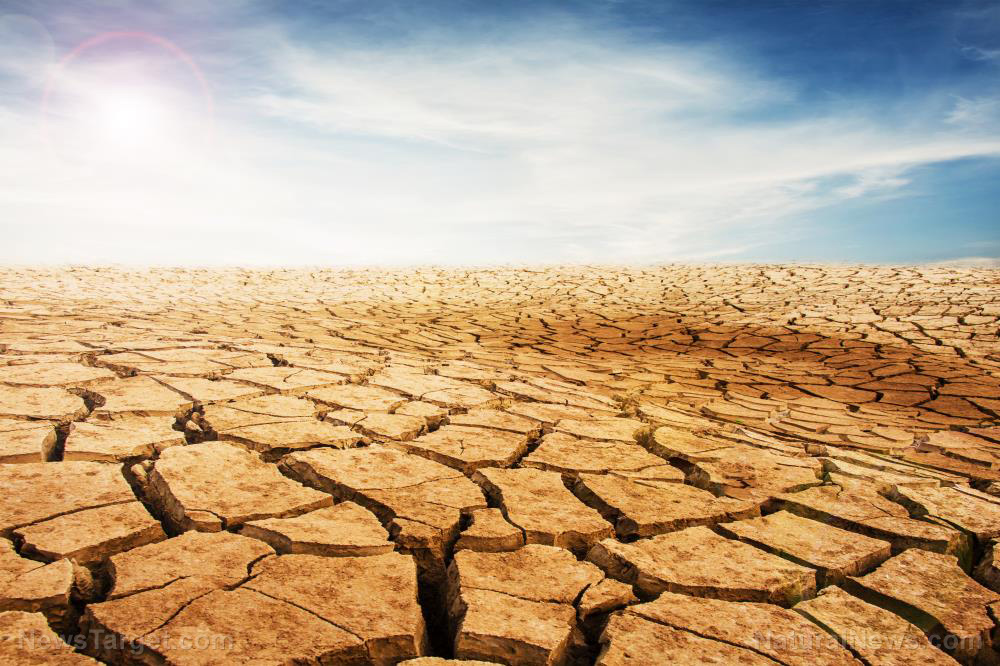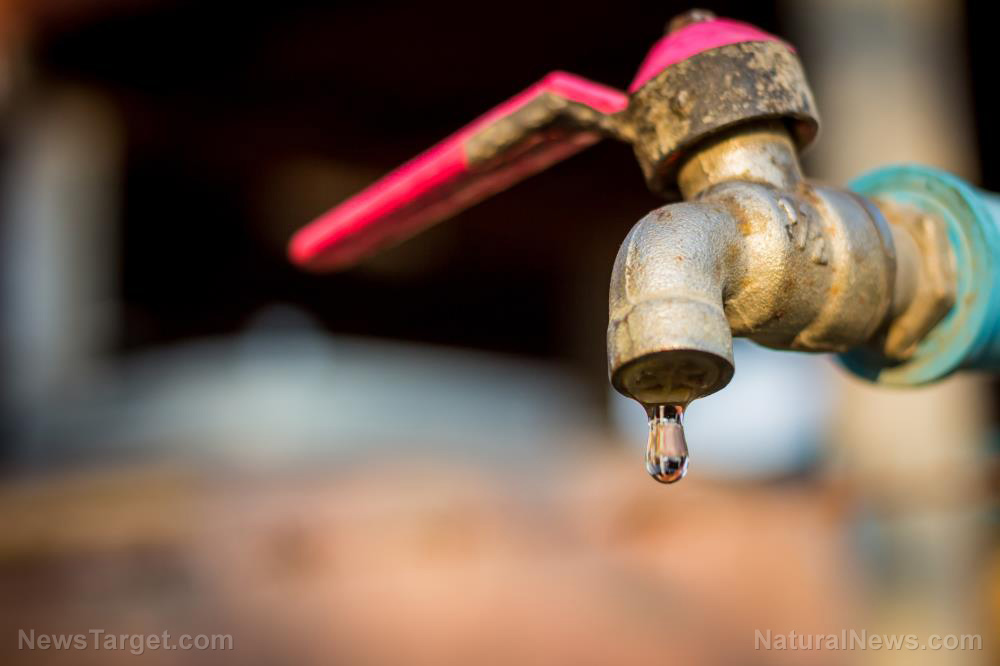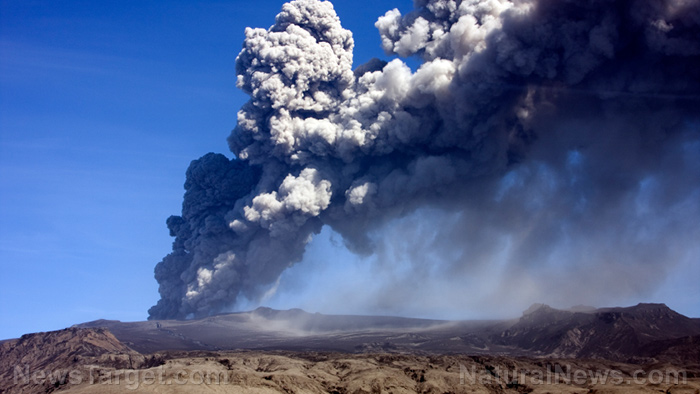California shuts down second-largest hydroelectric power plant due to extreme drought
08/08/2021 / By Arsenio Toledo

The catastrophic drought in California has forced the state government to shut down one of its largest hydroelectric power plants.
The Edward Hyatt Power Plant is California’s second-largest conventional hydroelectric power station. It is located in the Lake Oroville reservoir in Butte County, northern California. The dam is part of a sprawling system that moves water from the mountains in the northern regions of California for the rest of the state to use for personal and power consumption.
State water officials said the drought caused the water levels in Lake Oroville to fall near 640 feet above sea level. This is the minimum level necessary for the plant to continue generating power.
On Thursday, the water level recorded at Lake Oroville was 641 feet above sea level. This is just 24 percent of its overall capacity, and 34 percent of the reservoir’s historical average for this time of the year. To preserve what little water was left in the dam, they shut down the plant.
This is the first time it has been deactivated since it began providing California with power in 1967. (Related: Dozens of California communities running out of water amid a prolonged drought.)
“There’s low and then there’s low. And now it’s gone. It’s a big deal,” said Jim Caldwell, former assistant general manager for the Los Angeles Department of Water and Power.
The Edward Hyatt Power Plant is designed to produce up to 750 megawatts of power. Recently, it has only been generating between 100 to 400 megawatts.
Caldwell and other officials have warned that the loss of power from the plant and the ongoing drought raises the risk of rolling blackouts occurring for the remainder of the summer.

The drought California is currently experiencing is not as extreme or as long as previous ones recently experienced by the state. But the modest winter snow and rains during the previous spring failed to generate enough water runoff to keep the water level in the reservoir above the minimum. Much of the runoff that did occur was absorbed by the ground.
Officials said this is the lowest water elevation ever recorded at Lake Oroville. The water level is forecast to reach as low as 620 feet above sea level by the end of October. The California Department of Water Resources (DWR) said it is working to “preserve as much water in storage as possible.”
Though the water level in Lake Oroville is dangerously low, DWR officials said they will continue releasing some water from the reservoir to the Feather River to maintain river temperature requirements.
State officials blame “climate change” and residents using too much water and power
DWR Director Karla Nemeth said the state has been anticipating the shutdown of the plant since July and that “steps have been taken in anticipation of the loss of power generation.”
Nemeth attempted to blame the situation in Lake Oroville on climate change. “This is just one of many unprecedented impacts we are experiencing in California as a result of our climate-induced drought,” she said in a statement.
But scientists have not found any definite relationship between warmer global surface temperatures and precipitation.
It should also be noted that in 2017, when storms slammed northern California, Lake Oroville was filled nearly to its capacity. This also caused an emergency, as the reservoir’s main tools to control the water level – its main and emergency spillways – were eroded by the storms. This forced thousands of residents living below the dam to evacuate.
State officials did not blame this disaster on climate change.
Nemeth also blamed the lower water levels on California residents using too much water for personal consumption and for power.
“Falling reservoir levels are another example of why it is so critical that all Californians conserve water,” she said.
Nemeth echoed statements from other state officials, notably Gov. Gavin Newsom. Back in July, the governor asked California residents to curb their household water consumption by as much as 15 percent to preserve the state’s dwindling water supply.
Water grid operators have similarly urged residents to limit their power usage to avoid experiencing the blackouts that rattled the state last year.
In 2020, residents had to endure rolling blackouts all throughout the summer because the state’s renewable power plants – hydroelectric, wind and solar alike – were unable to generate enough energy during a spike in demand for power caused by a statewide heatwave.
Learn more about the deteriorating situation in California, caused by the heatwave and the drought, by reading the latest articles at CaliforniaCollapse.news.
Sources include:
Tagged Under: California, climate change, Collapse, Collapsifornia, disaster, Drought, energy, environment, fresh water, hydroelectric power, Lake Oroville, natural disaster, power, power grid, renewable energy, water, water shortage, water supply, Water Wars





















